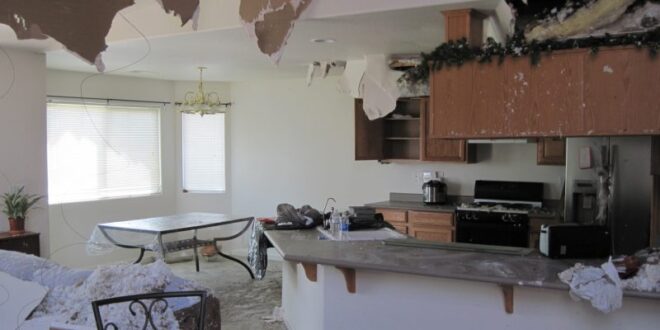Flooding in a home, apartment or business premises causes great damage, but by correct and decisive action we can mitigate the consequences and subsequent damage. The greatest danger with a flood in the house is in the first 48 hours.
Flood Risk
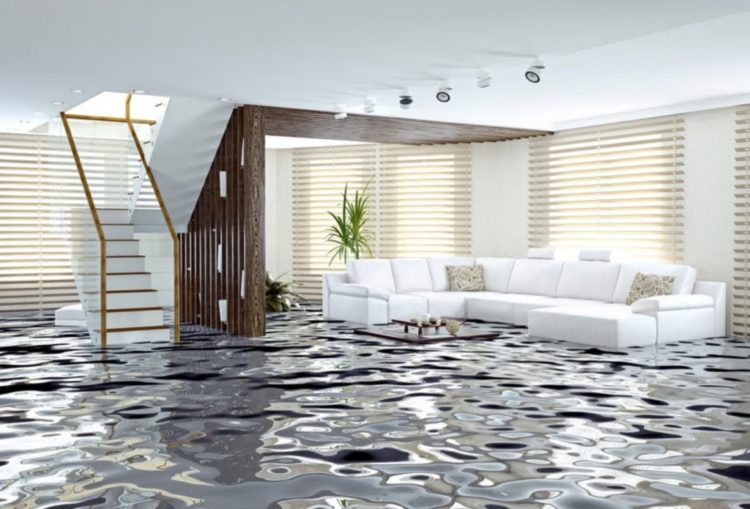
When some difficult and unforeseen circumstances such as floods occur, we often panic and do not know what to do. Sometimes such things happen as a result of natural disasters and sometimes by human inattention or error. In cases of mass floods, we usually rely on the recommendations of the government or relevant ministries to guide us on how to deal with a crisis. These instructions involve many factors – from precautions to possible evacuation.
But what do we do after it all pass? Afterward, we face some new problems regarding home remediation and material damages our house has suffered. Some parts of the world are more inclined to these kinds of disasters, so it is important to know how to handle situations like this. We’ll try to explain how to behave and what to do first in case of water damage in Toronto.
Precautions Before You Start Cleaning Up
Cleaning should be started immediately upon returning to the house after the withdrawal of water. The main importance is to prevent the development of harmful microorganisms. The eventual development of fungi, algae, and mold can cause asthma and various allergies. Therefore, the return of children, the elderly and pregnant women should be delayed in a few days. First of all, the persons who clean the area should protect themselves by using waterproof footwear, face mask, and rubber gloves.
Cleaning Up After Floods
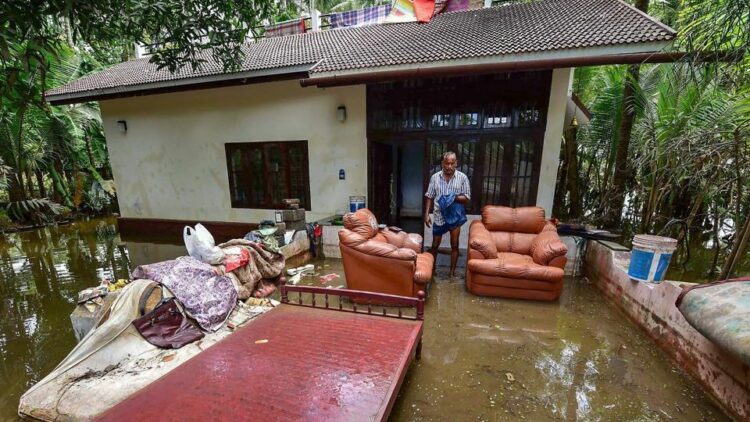
According to www.GTARestoration.com , the biggest danger with flooding in the home is the rapid development of algae, fungi, and molds that take 48 hours to develop. Remove carpets, mattresses, and rugs. They are best thrown away because even the most dangerous microorganisms develop in soaked carpets and other textile materials. If you are insured, call an insurance agent for a damage list, photograph the space and damage. The first thing is to throw quilts, towels, blankets, and bedding, as well as leather and fur items. That also includes shoes that have been in the water for more than 48 hours, due to the possibility of developing microorganisms. Cutlery should be disinfected – washed in water and then kept submerged in water in which the chlorine tablet is melted.
Separate And Dry Wooden Objects
Solid wood furniture pieces – can be saved. Separate the furniture from the wet floor with aluminum foil. Do not use plastic wrap as it does not allow moisture to evaporate. Wash impurities with wood or parquet cleaners and dry them well with a cloth or paper towel. Avoid chlorine-based agents as you will destroy the wood surface. Particleboard furniture was mostly destroyed after the flood. So throw it away as soon as possible because the particleboards cannot be repaired or the repair is expensive and not worth it. Mattresses, beds and upholstered furniture are best to be thrown away. It is almost impossible to completely clean and disinfect them and flooded upholstered furniture is a possible source of disease.
What About Electrical Appliances And Laminate Flooring?
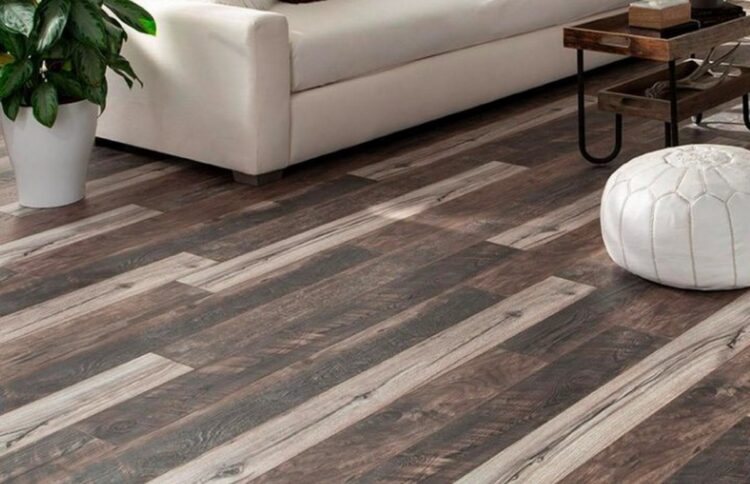
Home appliances should be taken to electrical-service as some may be salvaged. Electrical installations should be checked by an electrician who will provide an estimate of the damage. As for the laminates – remove them immediately. If the flood lasted for several hours, the laminate floors will begin to swell, so it is better to remove them as soon as possible and allow the floor glaze to be cleaned and dried. Raised and undulating laminates are impossible to straighten, such parquets are removed and thrown away.
Keep Valuable Books And Documents Frozen In The Freezer
Freezing will help dehydration! Freezing will dry out the moisture from paper, the sheets will be easier to detach and it will stop the decay of print on paper. Keep books and documents in the freezer for a few days to a few weeks. Freezing also prevents molds and fungi from appearing in cellulosic materials. All of the above should be done as quickly as possible so that the walls can be cleaned and disinfected. When you have removed damaged items and floor coverings, the walls and floors must be cleaned and disinfected.
The Process Of Cleaning The Walls After A Flood
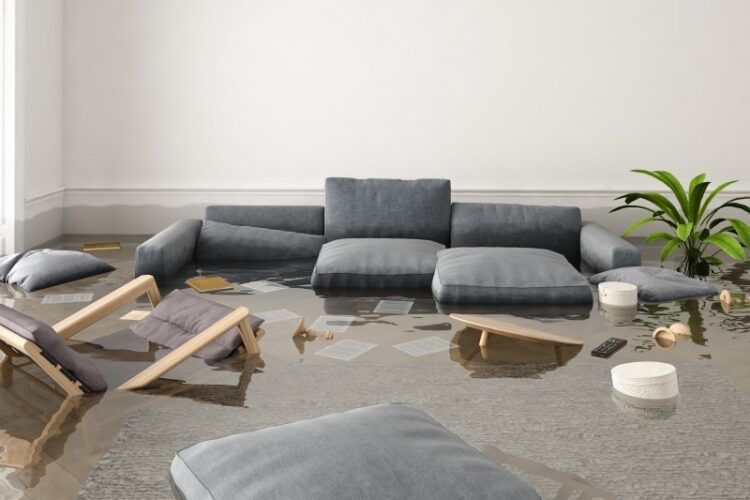
Use protective gloves, shoes and respiratory masks for harmful microorganisms and chemicals.
Roughly scrape off dirt from walls and floors, use shovels, brushes, high-pressure washers and water vacuum cleaners. Remove as many layers of paint as possible from the wall – this will speed up the drying of the wall and facilitate repairs after drying. Steam cleaners are great for cleaning and disinfecting after a flood. Professional ones are hard to get, so smaller ones will also serve – but with more effort and time. If you do not have a steam cleaner, you can clean the walls and floors with a brush and a disinfectant solution. Use chlorine-based home remedies with care! Remove excess water by wiping it. Walls and floors can be sprayed with a disinfectant after cleaning with a brush and water.
After Cleaning And Disinfection, You Can Start Draining The Area
When the room has been thoroughly cleaned and disinfected, it can drain with drying equipment or naturally (by wind). The process of machine drying with professional equipment takes three to four weeks. With the wind, with good weather conditions, you should wait 3 to 8 months depending on the season. Home-made dehumidifiers of less power than we can buy in stores will help – but their power is generally insufficient to adequately drain the wall after a flood. If the water is insulated under the floor glaze – special equipment is required for vacuum drying the insulation and glaze. Seek the advice of a professional drying service.
If It Is Cold, Do Not Heat The Room Before Disinfection
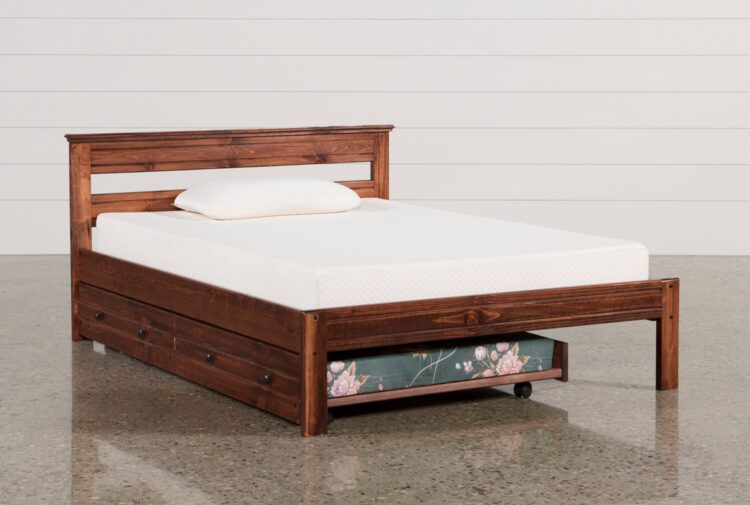
Heating accelerates the development of harmful microorganisms. It is a mistake to heat the room for drying before cleaning and disinfection or to dry the room only with heaters without proper ventilation or machine drying.
Do Not Smooth Or Brush The Walls Before Completely Drying Them
Various clay masses and paints close the pores so that the walls dry more slowly. A good solution is to scrape off as much paint as possible from the wall during cleaning! Everything that swells and separates should be removed as soon as possible, which speeds up drying. During drying, crystals of minerals will appear on the surface. Remove these crystals by scraping and dispose of as far away from the house as possible. In places where the damage to the mortar is deeper, it is best to remove all the mortar from the wall. Wait for drainage and repair with special materials for the repair of wet walls. Brush the walls when you are absolutely sure the walls are dry.
 Hi Boox Popular Magazine 2024
Hi Boox Popular Magazine 2024
